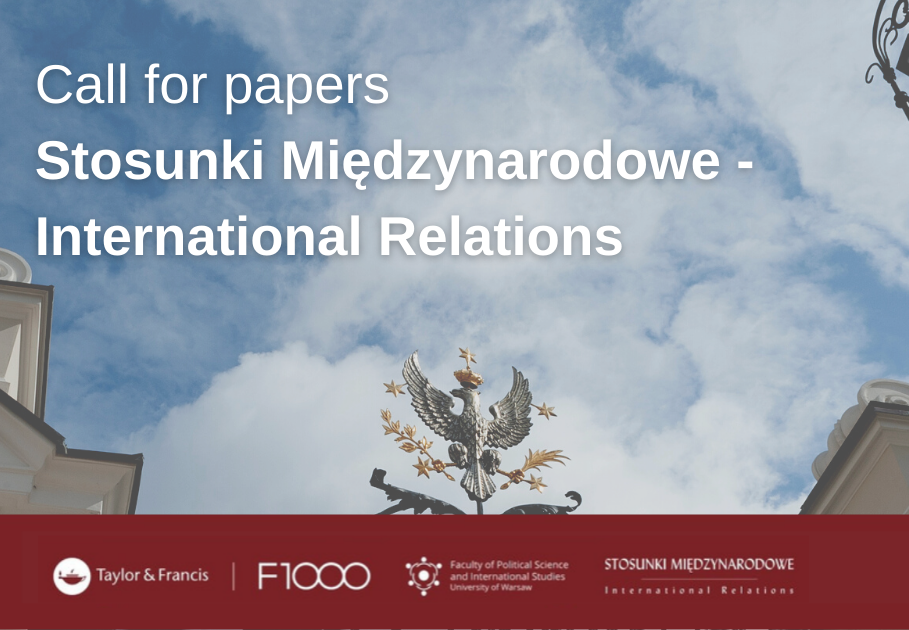About the Journal
Aims and scope
Editorial Board and Advisory Board
Ethics Policy
Privacy Policy (GDPR)
Contact
Current issue
Archive
For Authors
Call for Papers - New Publishing Platform of SM-IR
Guidelines for Authors
Formal requirements - structure of texts
Editorial requirements
Review procedure
Reviewing rules
Review process
Review procedure
Reviewing rules
Guidelines for Reviewers
Policies/Ethical Code
Contact
ARTICLE
Regionalism in the Balance: Reflections on ASEAN
at Fifty from a Liberal Perspective
1
Victoria University of Wellington
Publication date: 2018-06-30
Stosunki Międzynarodowe – International Relations 2018;54(2):9-30
KEYWORDS
Association of Southeast Asian Nations (ASEAN)Southeast AsiaASEAN ‘centrality’regionalismregional architectureliberalismliberal institutionalismAsia-Pacific
ABSTRACT
The Association of South-East Asian Nations (ASEAN) represents the world’s
second most influential regional integration project after the European Union
(EU). Its fiftieth anniversary in August 2017 prompted extensive commentary on
the achievements of this important regional grouping as well as on the challenges
and opportunities that it confronts as it begins its second half-century. This article
draws on those commentaries to present a stock-take of ASEAN at fifty from a liberal
perspective. While acknowledging ASEAN’s achievements over the last fifty years, it
highlights the daunting challenges that threaten the grouping’s efficacy and cohesion,
with attendant implications for wider regional architecture in the Asia-Pacific region.
From rising nationalism to the constraints of the ‘ASEAN Way’ and the slow progress
of the ASEAN Economic Community, the ‘centrality’ of the organisation for its
member states is in question. External pressures posed by turbulent geopolitical
tides make ASEAN’s hard-won ‘centrality’ in wider Asia-Pacific affairs an even
more contested concept. There are nonetheless opportunities for ASEAN to avert
a mid-life crisis and revitalise regional integration. ASEAN’s best chance of doing
so is to apply liberal approaches to regional order in ways that will strengthen
rules-based institutions, collective security, political dialogue, economic openness
and tolerance of differences.
Share
RELATED ARTICLE
We process personal data collected when visiting the website. The function of obtaining information about users and their behavior is carried out by voluntarily entered information in forms and saving cookies in end devices. Data, including cookies, are used to provide services, improve the user experience and to analyze the traffic in accordance with the Privacy policy. Data are also collected and processed by Google Analytics tool (more).
You can change cookies settings in your browser. Restricted use of cookies in the browser configuration may affect some functionalities of the website.
You can change cookies settings in your browser. Restricted use of cookies in the browser configuration may affect some functionalities of the website.



